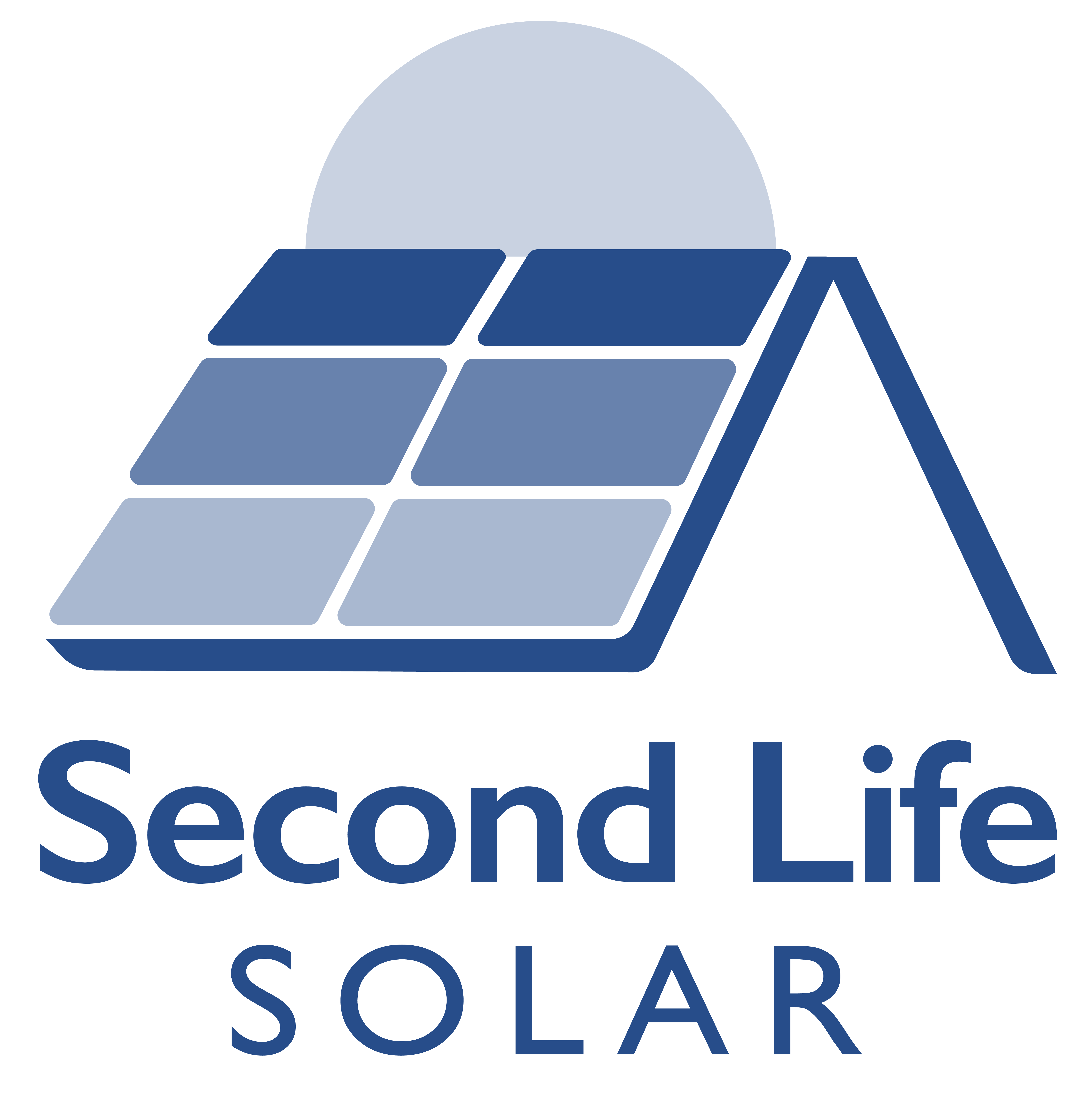The answer depends on several factors, from the types of solar panels used to where and how they’re installed. While it’s impossible to give an exact figure without specifics, understanding the key variables can help you estimate the potential of a solar system for your home or business.
At its core, a solar panel converts sunlight into usable energy through solar cells. These cells capture photons from sunlight and turn them into kWh of electricity, which can then power your appliances or be stored in batteries for later use.
The amount of electricity a solar panel generates depends largely on the size of the solar
panel, the efficiency of the cells, and the amount of sunlight hitting the panel, also known as solar irradiance.
For example, an average solar panel measuring around 1.6 square meters can typically produce between 250 and 400 watts of power under ideal conditions. Multiply this by the number of panels in a solar array, and you can see how much power your solar system might generate in a day, month, or year.
Several factors impact how much electricity a solar panel can produce:
The output of a single solar panel is typically measured in kilowatt hours (kWh) per year. For instance, if a panel has a peak power rating of 300 watts and receives around four hours of direct sunlight daily, it could generate approximately 1.2 kWh of energy each day. Over the course of a year, this adds up to around 438 kWh of electricity per panel.
A larger solar array, consisting of multiple panels, can scale this output significantly. For example, a 4 kW system (around 10-16 panels) installed on a south-facing roof in a sunny location could generate over 3,500 kWh annually, enough to cover the electricity needs of an average home.
The term solar irradiance refers to the intensity of sunlight hitting the surface of the Earth. Areas with higher irradiance levels, such as those closer to the equator, will naturally see greater energy production from the same solar panel systems.
Even in regions with lower irradiance, like the UK, solar technology is advanced enough to make it a viable energy source. Panels are now designed to work efficiently even on cloudy days, ensuring that solar panels can produce meaningful amounts of energy year-round.
Let’s take a typical household installation as an example. A 3 kW solar system (roughly 10 panels) could generate around 2,500 to 3,000 kWh per year, depending on location, panel orientation, and other factors.
This amount of electricity is enough to power most household appliances, reduce reliance on
grid energy, and significantly lower energy bills. For larger properties or businesses, a more substantial solar array can generate even more power, making it easier to offset electricity costs or meet higher energy demands.
Getting the most out of your panels requires careful planning and expertise. A professional solar panel installer will evaluate factors like roof angle, shading, and location to ensure your system performs at its peak. Proper installation not only maximises energy output but also ensures the longevity of your investment.
The amount of electricity generated by solar panels doesn’t just reduce your energy bills—it also has a significant environmental impact. By switching to solar, you’re decreasing your reliance on fossil fuels and contributing to a cleaner, more sustainable future.
Over their lifespan, which is often 25 years or more, solar panels can prevent thousands of kilograms of CO₂ from entering the atmosphere. And with advances in battery storage, it’s now easier than ever to store surplus energy for use during peak hours or cloudy days.
The energy potential of a solar system depends on your unique circumstances, including your location, roof space, and energy needs. However, with the right setup, even a modest array of panels can produce enough electricity to make a noticeable difference in your energy bills and environmental footprint.
If you’re ready to explore the possibilities, contact Second Life Solar. We specialise in helping businesses switch to cost-effective, sustainable energy solutions. We specifically supply used solar panels for large installations.
Switching to solar is not just about saving money—it’s about investing in a cleaner, brighter future. Let’s make it happen!

At Second Life Solar, we specialise in supplying used solar panels to buyers worldwide.
© All Rights Reserved.